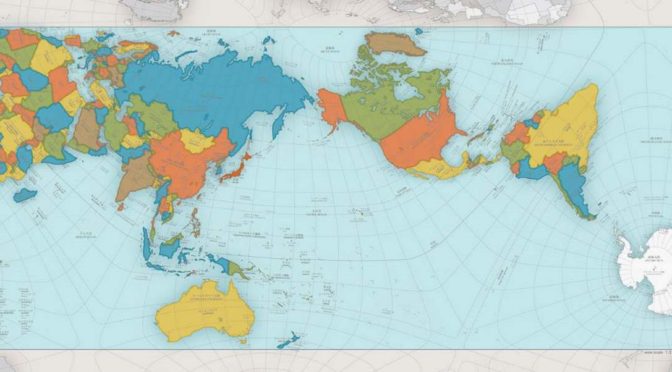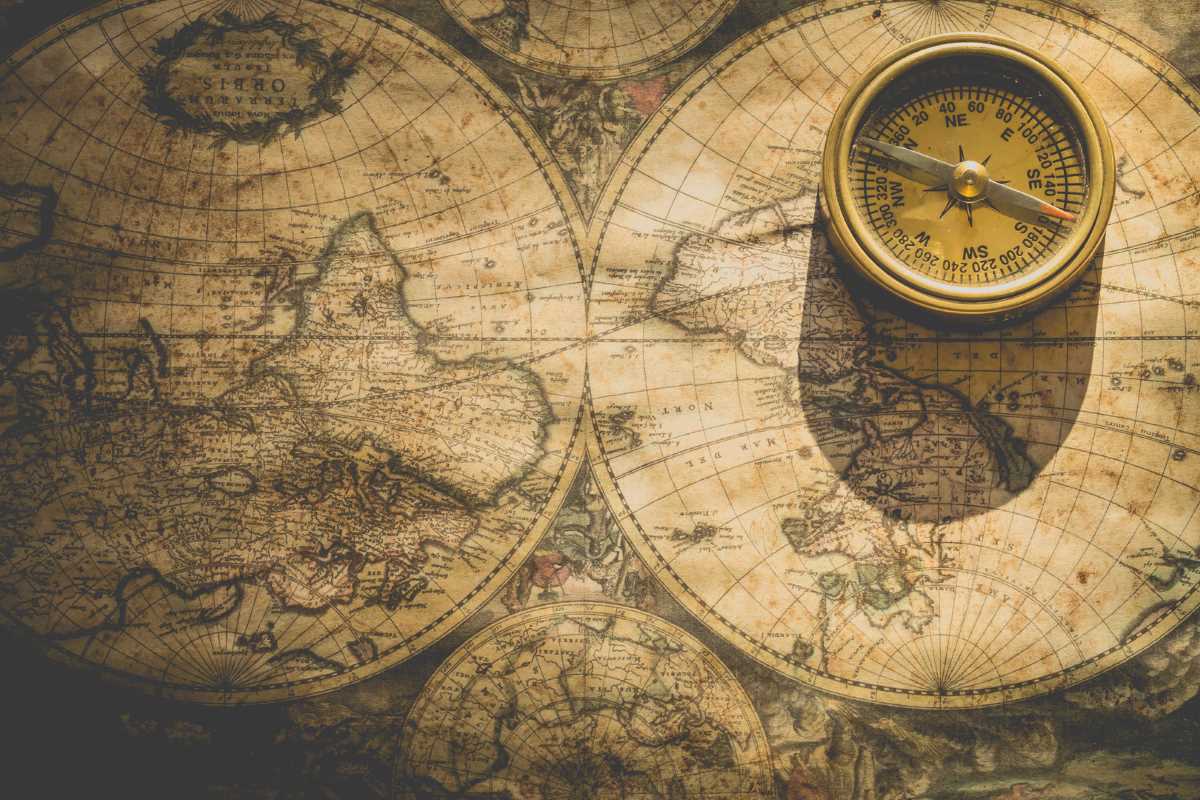Despite its unusual and a bit weird look, the AuthaGraph World Map may be the most accurate world map ever. It is created by the Japanese artist and architect Hajime Narukawa and won the Good Design Grand Award in 2016.
Since the
But, the Mercator projection greatly distorts the shape of the lands. The closer the land to the poles of the Earth, the bigger it looks. For example, Greenland looks almost as big as Africa on a world map using Mercator projection, but actually, Africa is 14 times bigger than Greenland. Another example; Canada looks way bigger than the continental United States, but in fact, it is only about 1.2 times bigger.
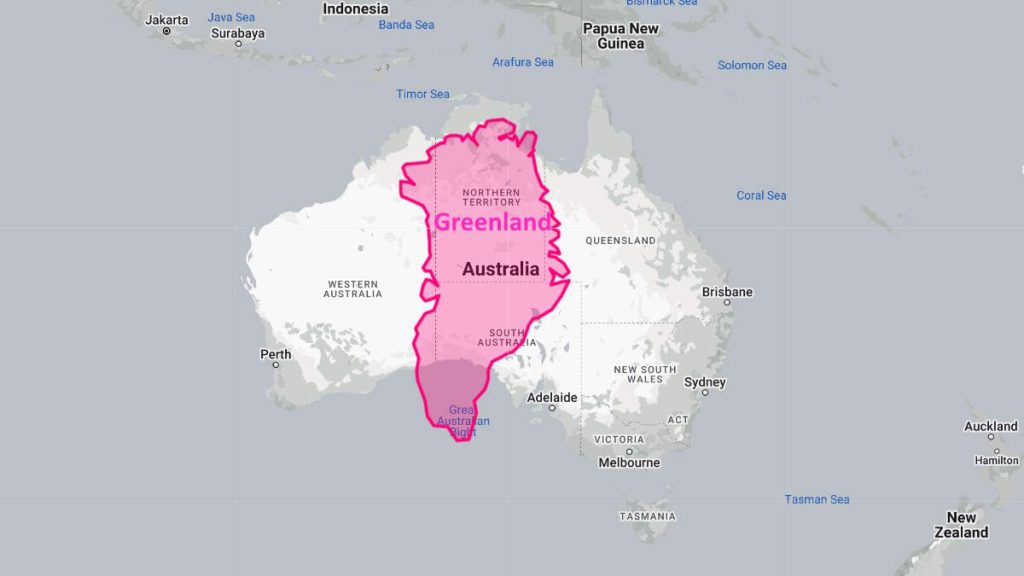
Related: Maps can be deceptive
But, Mr. Narukawa found an intelligent solution to this problem and managed to maintain the correct area ratios of land and water. He equally divided a spherical surface into 96 triangles, transferring it to a tetrahedron while maintaining area proportions and unfolding it to be a rectangle.
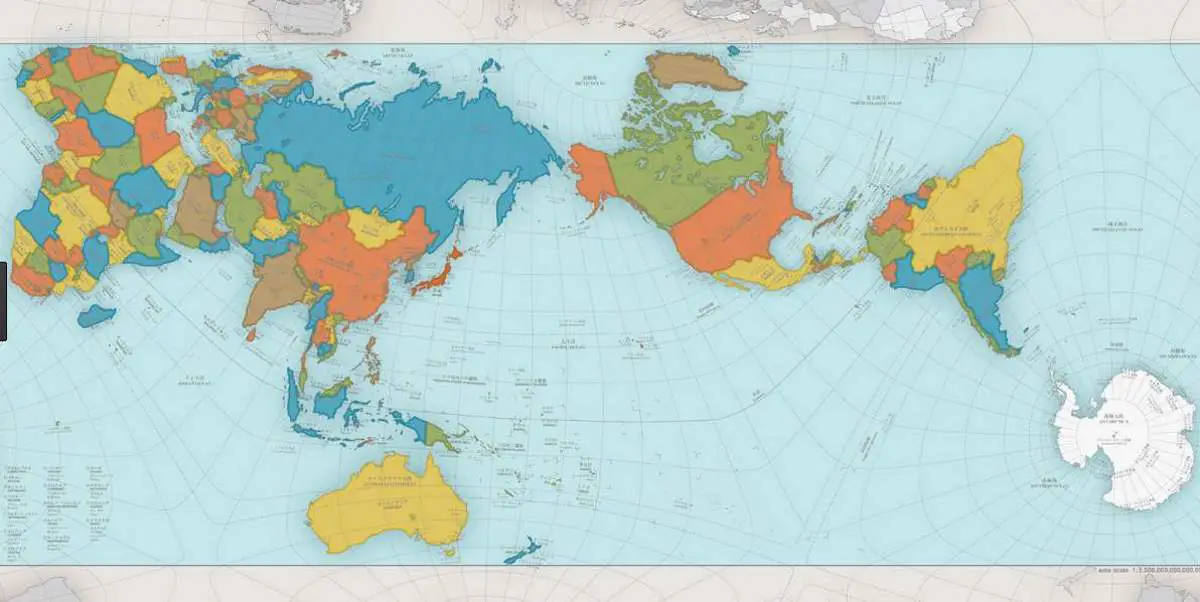
The steps to produce the most accurate world map, AuthaGraph
The steps to produce AuthaGraph World Map:
- The spherical surface of Earth is divided into 96 regions.
- The divided regions are mapped on an inflated tetrahedron (see notes 1) while they maintain their area rations.
- The divided regions on an inflated tetrahedron are flattened to be tetrahedron (see notes 2) while they maintain their area rations.
- A rectangular world map is obtained by cutting out the tetrahedron.
- The obtained rectangular world map.
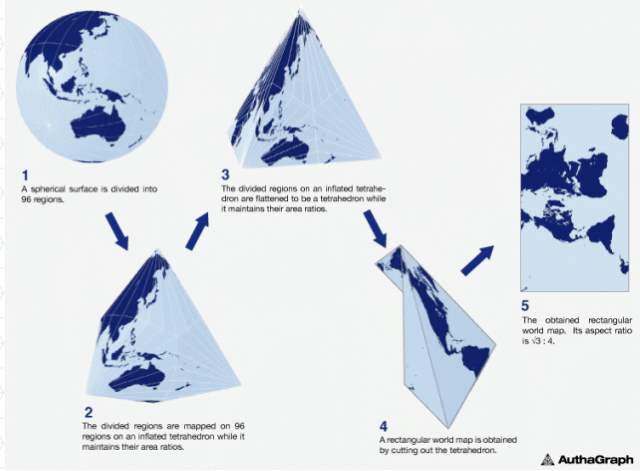
The world map also can be tiled in any direction without visible seams. From this map-tiling, a new world map with a triangular, rectangular, or parallelogram outline can be framed out with various regions at its center.
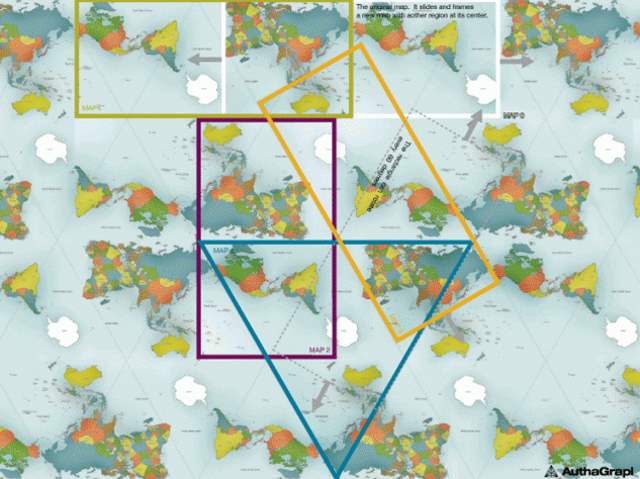
The name, AuthaGraph is from authalic and -graph.
Notes
- The Reuleaux tetrahedron, sometimes also called the spherical tetrahedron, is the three-dimensional solid common to four spheres of equal radius placed so that the center of each sphere lies on the surface of the other three. The centers of the spheres are therefore located at the vertices of a regular tetrahedron, and the solid consists of an “inflated” tetrahedron with four curved edges. The inflated tetrahedron has some interesting properties since it’s still unfoldable to a flat net, and when used as a projection surface, as in the Authagraph world map has a less abrupt change in curvature, and therefore less angular distortion than a regular tetrahedron. Read more: mathworld.wolfram.com
- In geometry, a tetrahedron, also known as a triangular pyramid, is a polyhedron composed of four triangular faces, six straight edges, and four vertex corners.
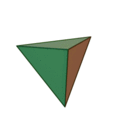
Sources
- Tetrahedron on W
ikipedia - authagraph.com
- How Many Elephants are Left in the World in 2025? - August 17, 2025
- Moon Landings: All-Time List [1966-2025] - February 2, 2025
- What Is Max-Q and Why Is It Important During Rocket Launches? - January 16, 2025
